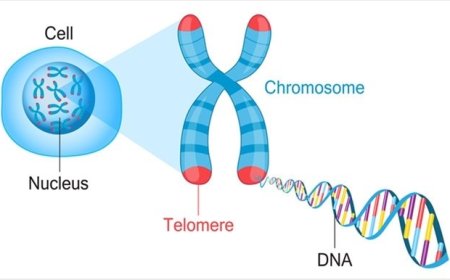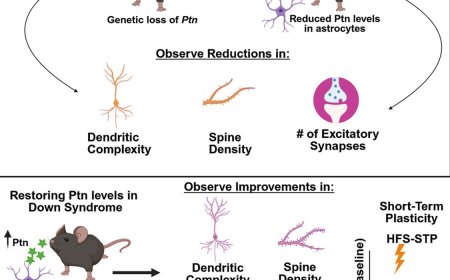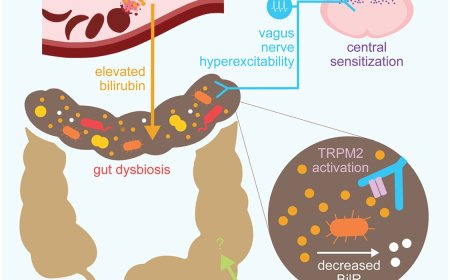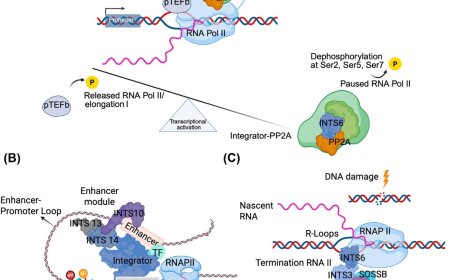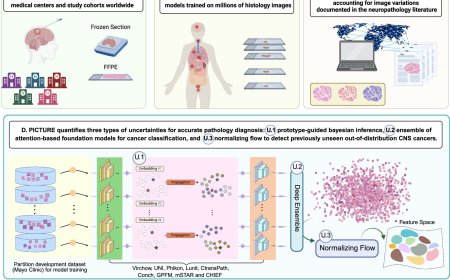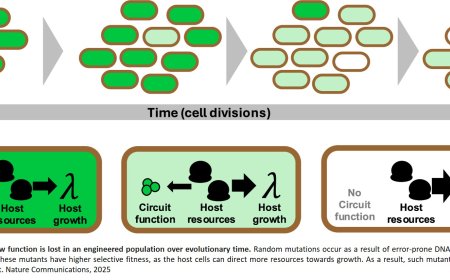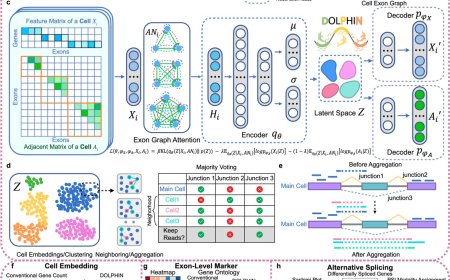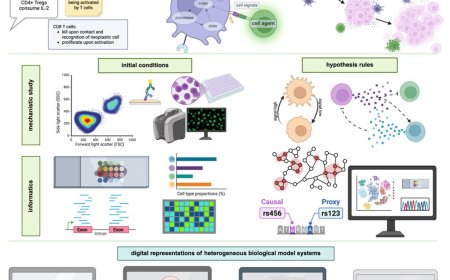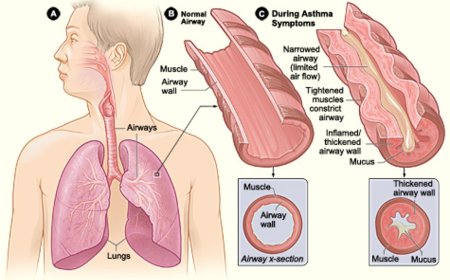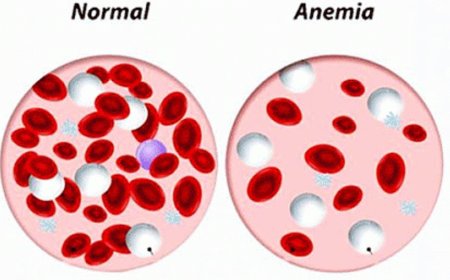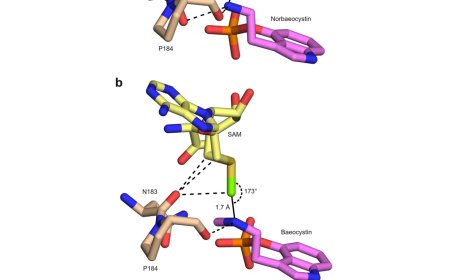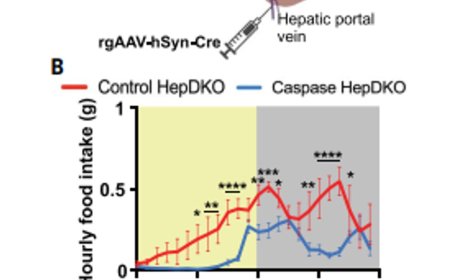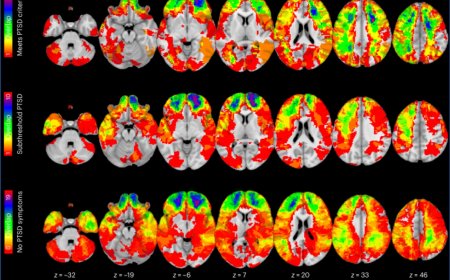Understanding the neural code of stress to control anhedonia
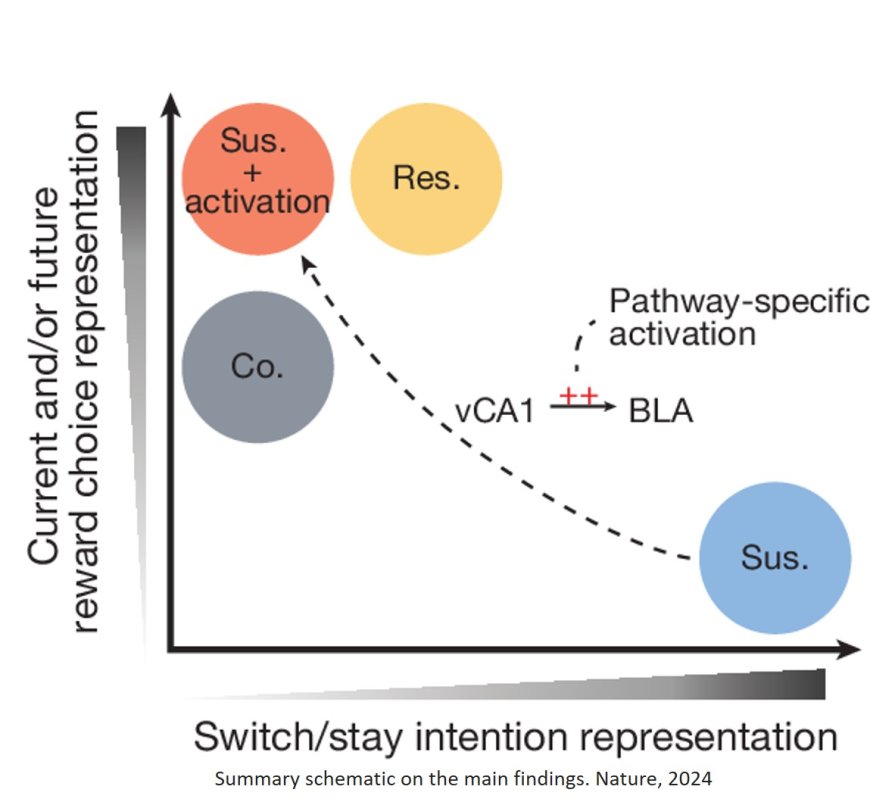
Some people bounce back from trauma, but others get caught in depressive loops that sap the joy from their lives.
Now, scientists are learning how the brain creates these divergent experiences. They hope it will help them find a way to treat those who struggle with long-lasting symptoms of stress.
The researchers found that stress changes activity in a brain circuit in mice, and these changes distinguish the mice that will recover from the ones that won’t.
The scientists stimulated some of the neurons in the less resilient mice to make the neurons fire more often. The mice stopped ruminating and sought out pleasure in the form of sugar-sweetened water.
“Seeing that we can set these brain signals back on course in mice suggests that doing the same in humans could act as an antidepressant,” said the senior author of the study, which appears in Nature.
The researchers looked at a brain region called the amygdala, which helps evaluate how risky it may be to seek a reward.
First, they observed brain activity while the mice were resting. Stress had changed the activity in the amygdala of the less resilient mice much more than it had in the resilient ones.
When the researchers gave the mice a choice between plain and sugar-sweetened water, the resilient mice easily chose the sugar water.
But the less resilient mice became obsessed and often opted for the plain water.
The researchers looked at brain recordings of the mice who chose the sweet water. Their amygdala was communicating with a nearby brain region called the hippocampus that remembers and predicts.
They saw a different pattern in the mice that could not decide whether to drink the plain or sweetened water. In those mice, the conversation between the two brain areas sputtered.
They thought they could stop the mice from ruminating and improve their decision making if she could get the neurons that connect these two regions to fire more often.
They used a technique called chemogenetics, which employs artificial molecules that interact inside the body.
The team attached one of the molecules, a receptor, to the surface of neurons in the hippocampus to make them fire.
Then, they injected the less resilient mice with a second molecule that bound to the receptor and made the neurons fire.
When the team once again gave the rumination-prone mice a choice of water, they took the sweet treat. The mice’s brain activity also looked resilient.
“The whole thing seemed like such a wild idea that I almost couldn’t believe it worked,” the author said. “The process actually wiped out the whole state of indecision and turned these guys into resilient mice.”
The team plans to look at human brain data to see if they can find similar signatures.
https://www.nature.com/articles/s41586-024-08241-y
https://sciencemission.com/Understanding-the-neural-code-of-stress-to-control-anhedonia
